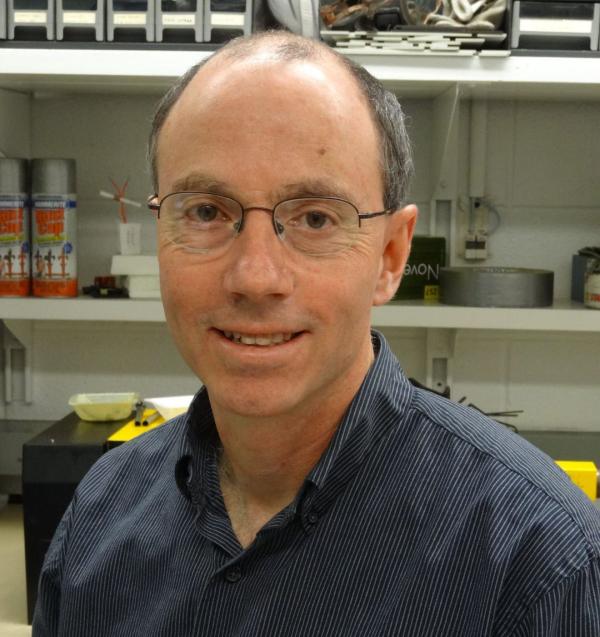Antiviral Drug Stems the Spread of Parkinson’s-Promoting Protein
Study Shows Promise of New Treatment Approach in 3D Brain ‘Organoid’ Model
Our cells’ survival depends on their ability to take in the nutrients and other substances that they require. Unfortunately, this capacity is a double-edged sword, as cells can bring in both valuable resources and ticking time bombs. However, IRP researchers recently identified an existing drug that may be able to combat Parkinson’s disease by reducing cells’ penchant for snatching up the toxic proteins involved in Parkinson’s disease.










